Exhibition dates: 27th August, 2022 – 27th February, 2023
William Henry Fox Talbot (English, 1800-1877)
Articles of China
Before 1844
Salt print from a paper negative
The Lane Collection
The world is a reality,
not because of the way it is,
but because
of the possibilities it presents.
Frederick Sommer
A small but vibrant posting. Beautiful still life photographs my favourite being those by Mather, Sommer, Weston, Cunningham, Sudek and Morrell.
Dr Marcus Bunyan
Many thankx to the Museum of Fine Arts, Boston for allowing me to publish the photographs in the posting. Please click on the photographs for a larger version of the image.
This exhibition presents nearly 60 innovative photographs – all departures from the traditional still life – drawn from the MFA’s Lane Collection. Grouped thematically, the works on view span the entire history of photography, from its first introduction in England during the 1840s by William Henry Fox Talbot to the work of contemporary artists such as Adam Fuss, David Hilliard, Kenro Izu, Abelardo Morell, and Olivia Parker. Works by American modernists are prominently featured, with unexpected takes on the still life by Ansel Adams, Imogen Cunningham, Charles Sheeler, and Edward Weston – photographers better known for capturing vast landscapes and portraits of people.
One of the largest gifts in the MFA’s history, the Lane Collection was promised to the Museum in 2012. This exhibition is the latest in a series that has celebrated the single most important donation to the Museum’s photography holdings.
Text from the Museum of Fine Arts, Boston website
Margrethe Mather (American, 1886-1952)
Water Lily
1922
Palladium print
The Lane Collection
Charles Sheeler (American, 1883-1965)
Still Life
Early 1920s
Gelatin silver print
The Lane Collection
Loosely organised by subject from messy desktops, kitchen utensils, and flora to empty chairs or found objects, the exhibit revels the mid-twentieth century strengths of the collection with works by modernists such as Ansel Adams, Edward Weston and especially Charles Sheeler. Sheeler pays homage to the painter Morandi with two still lifes featuring a simple ewer and ceramic vase and to Cezanne in a composition of apples. Often overlooked among the modernist masters are women such as Margaret Mather and Imogen Cunningham. Mather’s wispy pine needles and delicate water lily classically weave light, form and abstraction while Cunningham brings a geometric edge to the aloe plant she photographed on her window sill.
Suzanne Révy. “The Stillness of Things,” on the What Will You Remember website September 14, 2022 [Online] Cited 31/01/2023
Imogen Cunningham (American, 1883-1976)
Aloe Variagata
Early 1930’s
Gelatin silver print
The Lane Collection
Charles Sheeler (American, 1883-1965)
Cactus and Photographer’s Lamp
1931
Gelatin silver print
The Lane Collection
Ansel Adams (American, 1902-1984)
Still Life, San Francisco
about 1932
Gelatin silver print
The Lane Collection
© The Ansel Adams Publishing Rights Trust
Frederick Sommer (American, 1905-1999)
Chicken Entrails
1939
Gelatin silver print
The Lane Collection
Edward Weston (American, 1886-1958)
Junk
1939
Gelatin silver print
The Lane Collection
Imogen Cunningham (American, 1883-1976)
The Unmade Bed
1957
Gelatin silver print
The Lane Collection
© 2022 Imogen Cunningham Trust
Josef Sudek (Czech, 1896-1976)
From the Window of my Atelier
1965
Gelatin silver print
The Lane Collection
© I & G Fárová Heirs
Robert Heinecken (American, 1931-2006)
TV Dinner
1971
Gelatin silver print on canvas with pastel, chalk, and resin
The Lane Collection
© The Robert Heinecken Trust
Irving Penn (American, 1917-2009)
Gingko Leaves
1990
Dye-transfer print
The Lane Collection
Abelardo Morell (Cuban, b. 1948)
Wavy Book
2001
Gelatin silver print
The Lane Collection
© Abelardo Morell/Courtesy Edwynn Houk Gallery, NYC
Adam Fuss (British, b. 1961)
Butterfly
2002
From the series My Ghost
Daguerrotype
The Lane Collection
© Adam Fuss
David Hilliard (American, b. 1964)
Perennial
2006
Archival pigment print
The Lane Collection
Museum purchase with funds donated by Saundra B. Lane
© David Hilliard
Olivia Parker’s green and purple artichoke dangling from a string is a nod to the Spanish painter Juan Sánchez Cotán whose vegetable paintings depict foodstuffs hung high to keep rodents at bay. Her work is installed near two surrealist pictures by Frederick Sommer. His jarring but beautiful compositions of chicken heads and innards brim with the tension between the life sustaining nourishment the chicken may have provided and the stark reminder of our mortality. And in an ironic twist, David Hilliard’s ebullient polyptych, Perennial, features an aisle of plastic Walmart flowers that were his mother’s favorites, in striking contrast to the ephemeral flowers featured in countless still life paintings in the galleries of the museum.
Suzanne Révy. “The Stillness of Things,” on the What Will You Remember website September 14, 2022 [Online] Cited 31/01/2023
Olivia Parker (American, b. 1941)
Artichoke
2010
Digital inkjet print
The Lane Collection
© Olivia Parker 2010
Museum of Fine Arts, Boston
Avenue of the Arts
465 Huntington Avenue
Boston, Massachusetts
Opening hours:
Saturday – Monday, Wednesday 10am – 5pm
Thursday and Friday 10am – 10pm
Tuesday closed


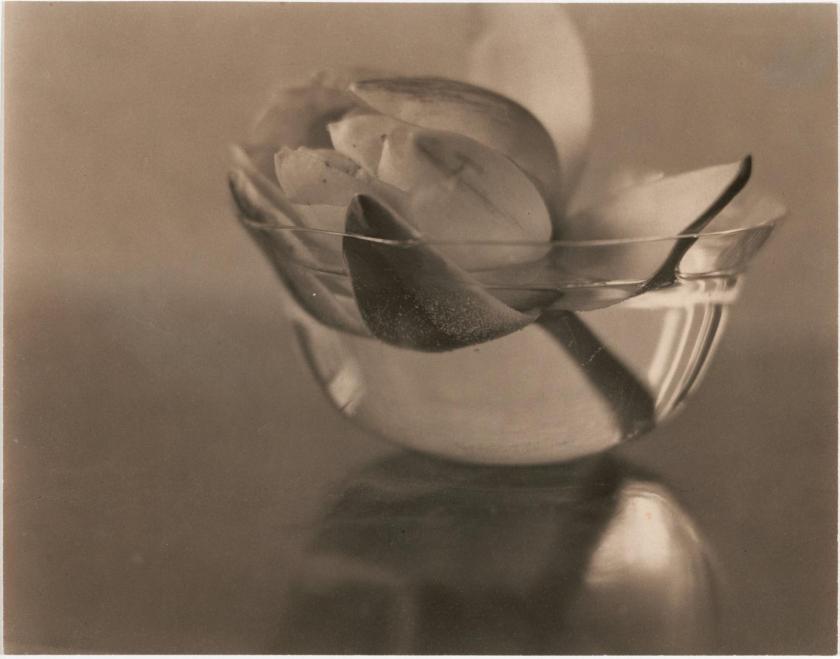
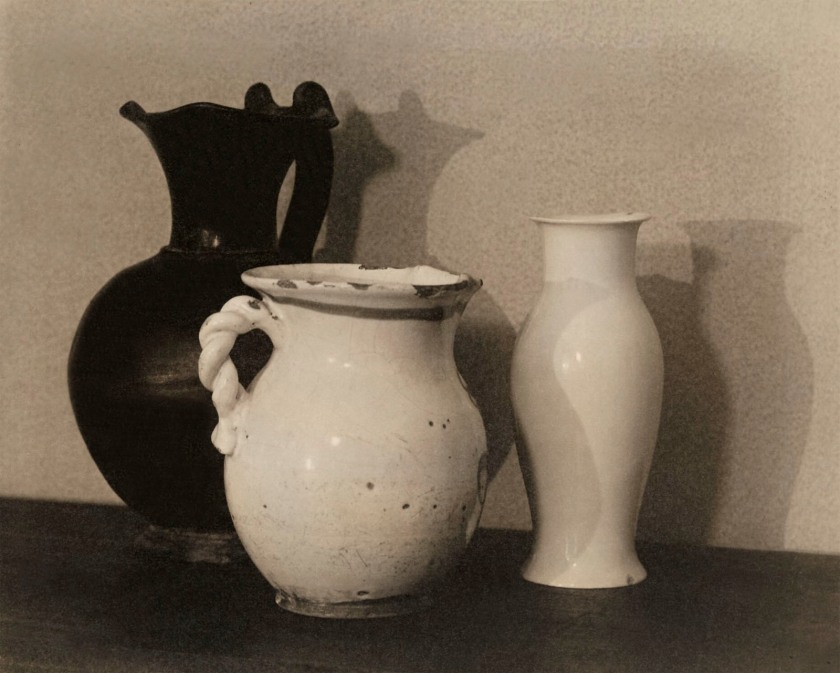

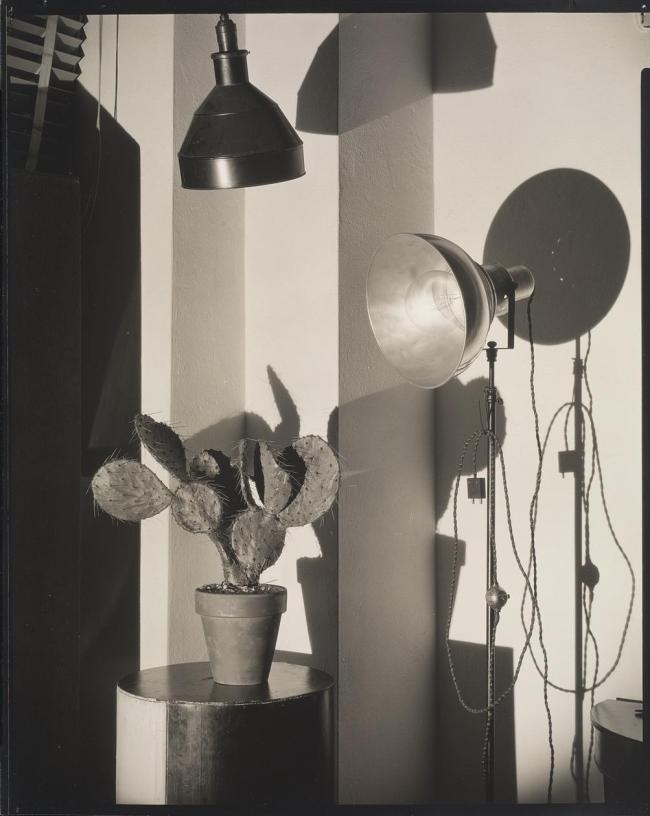
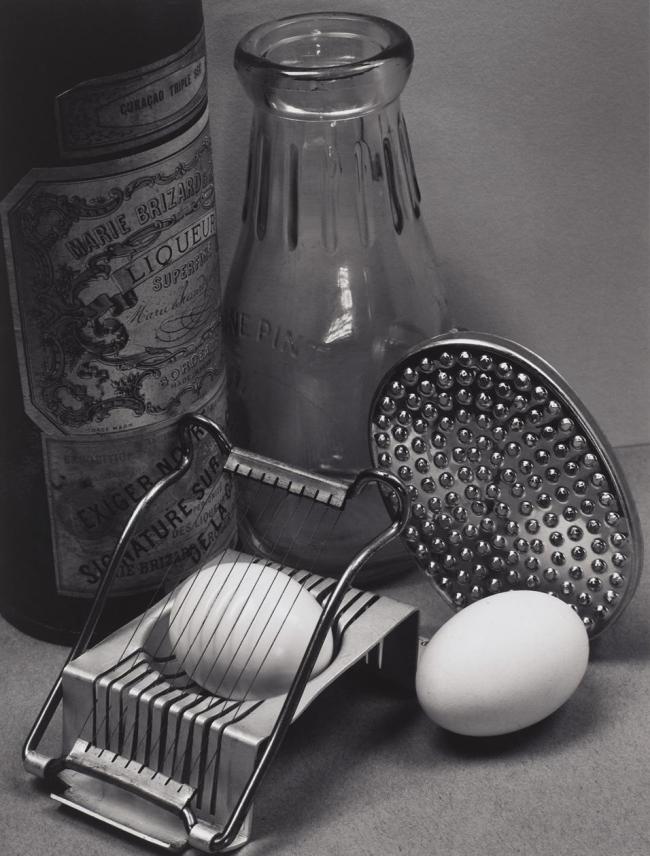
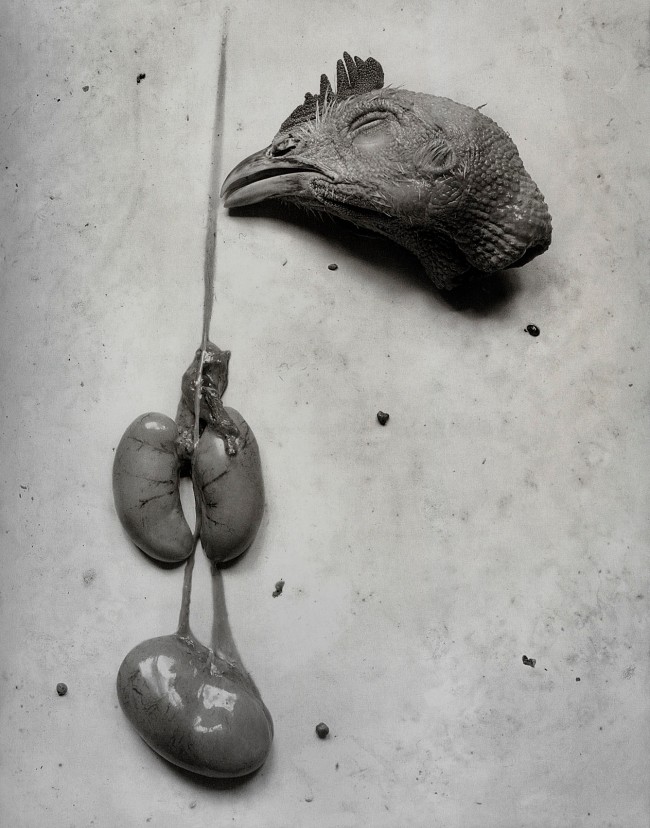
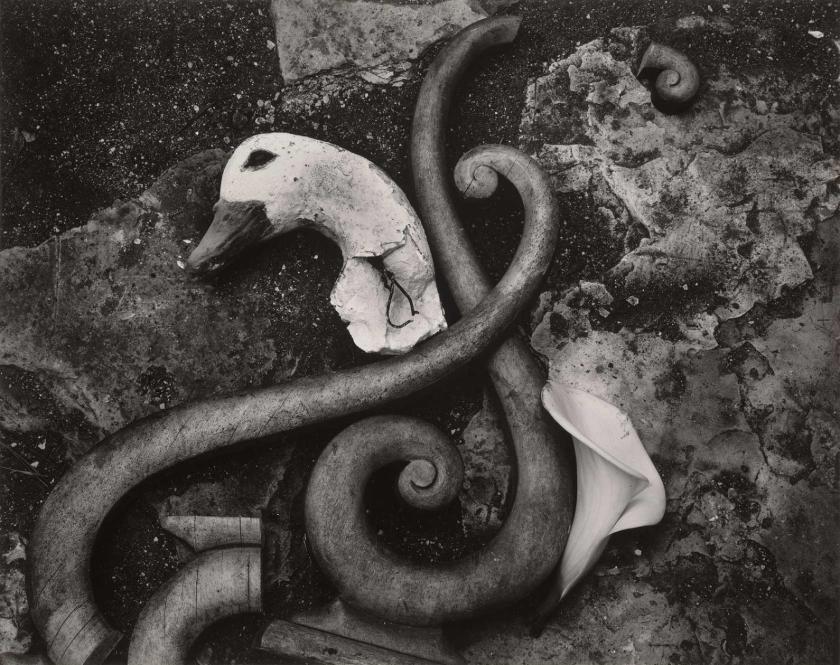
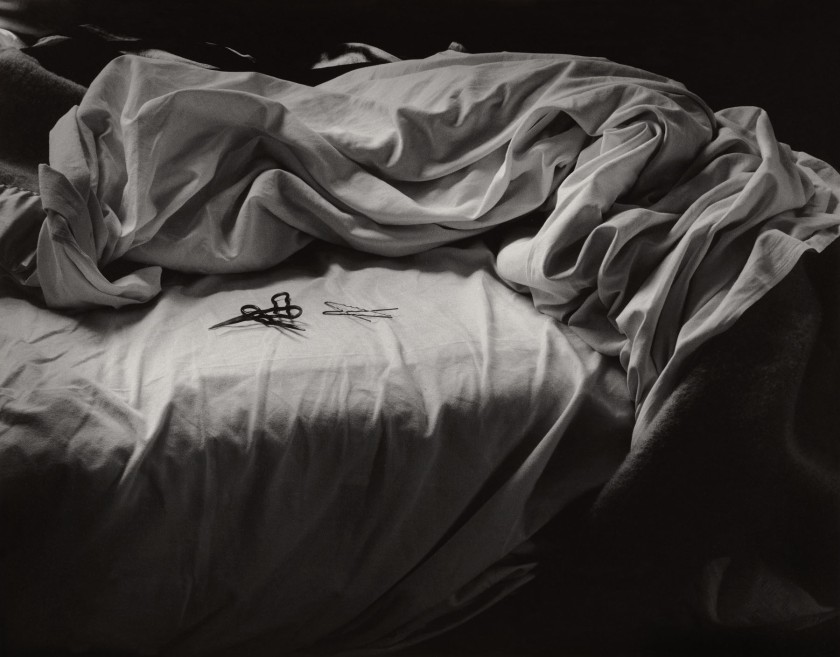
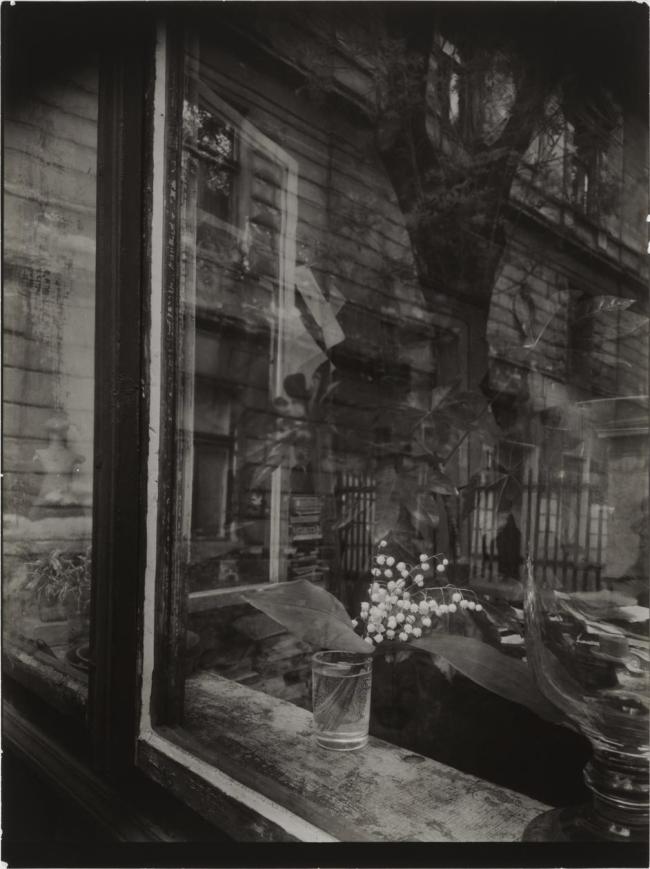
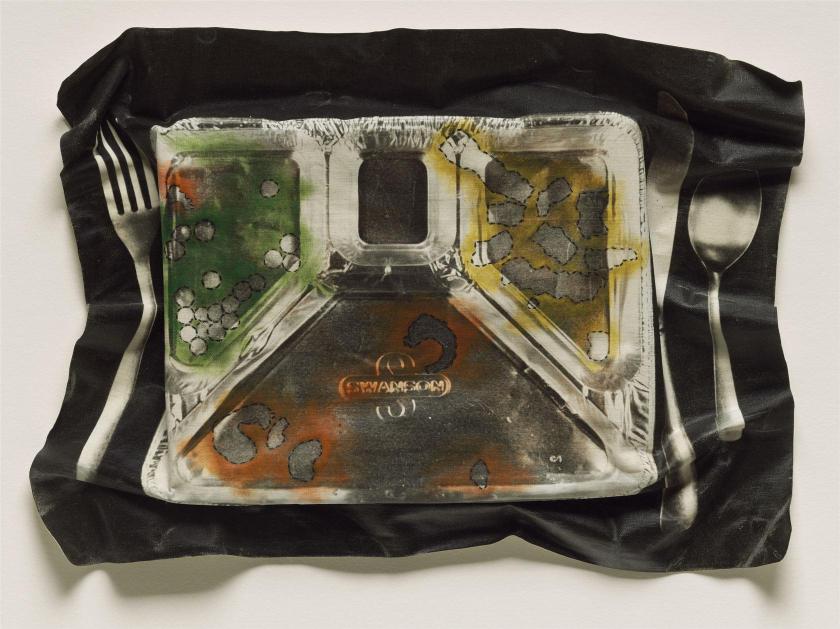
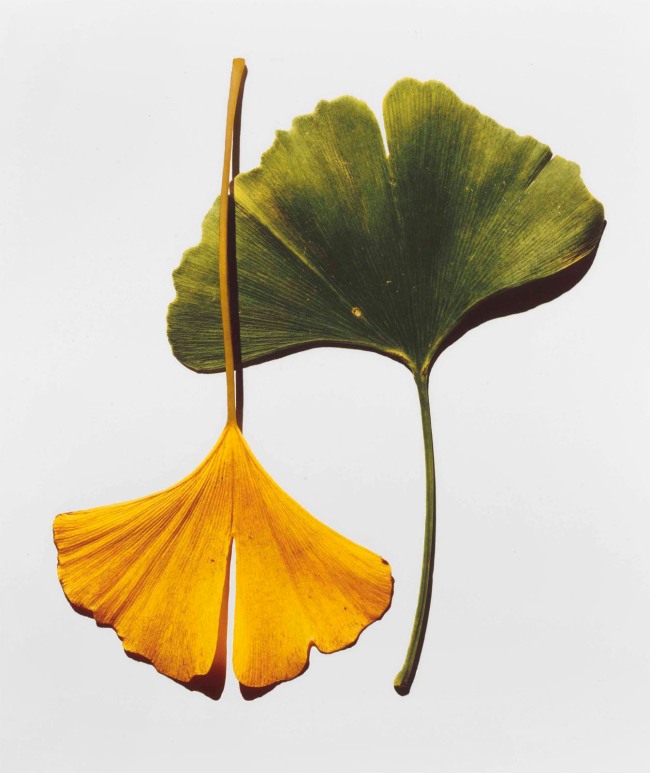

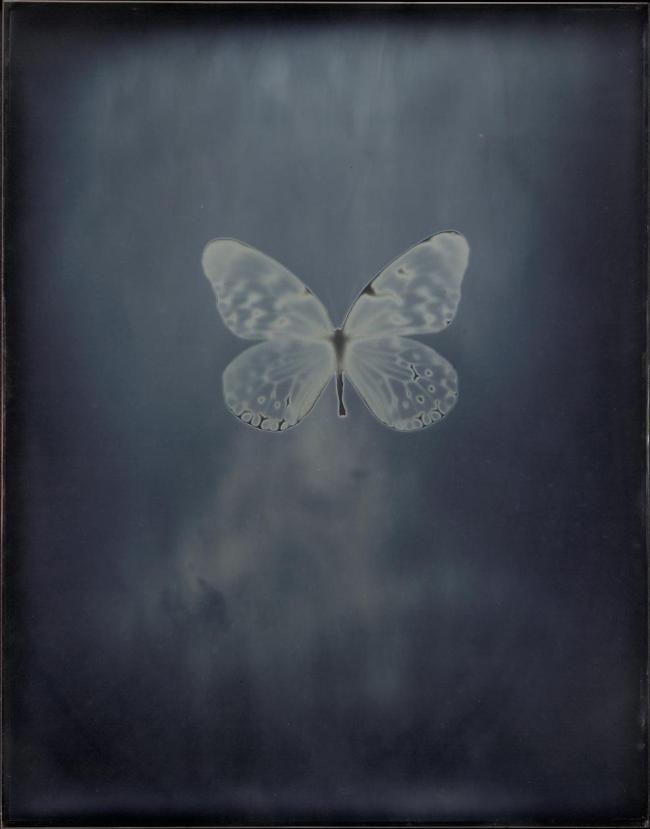

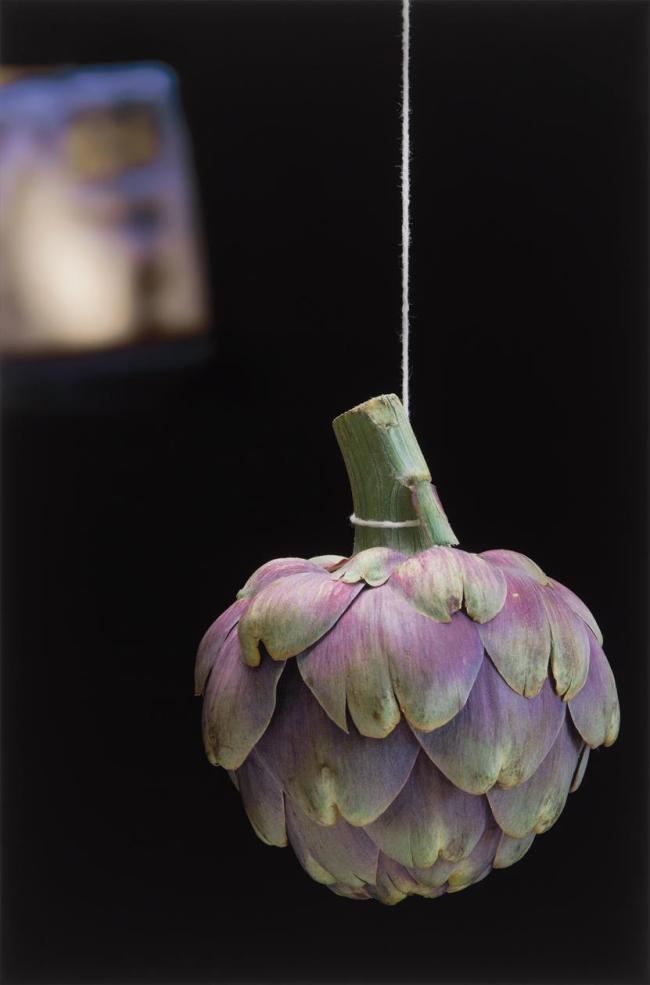





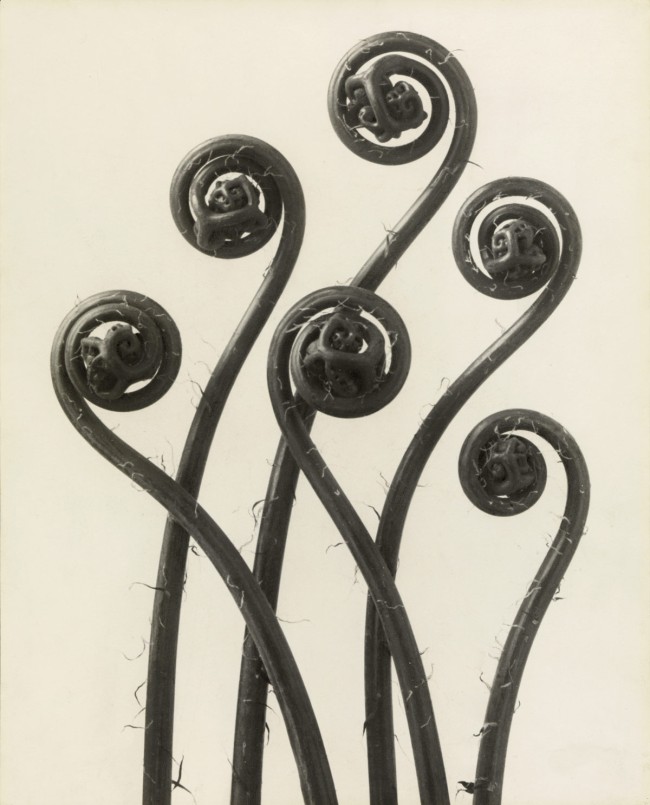





You must be logged in to post a comment.